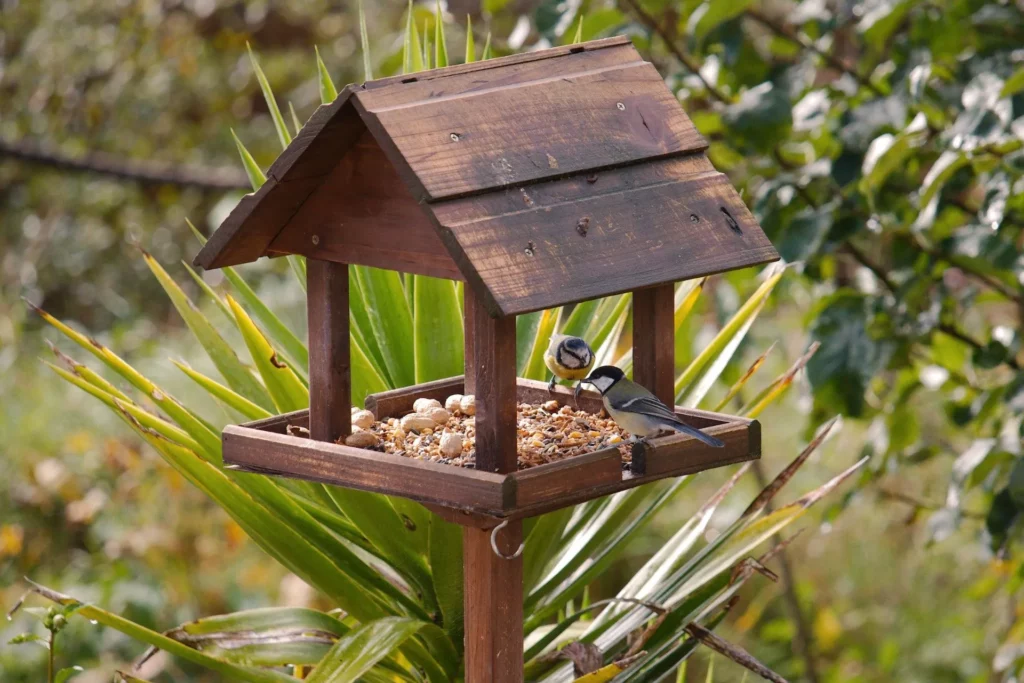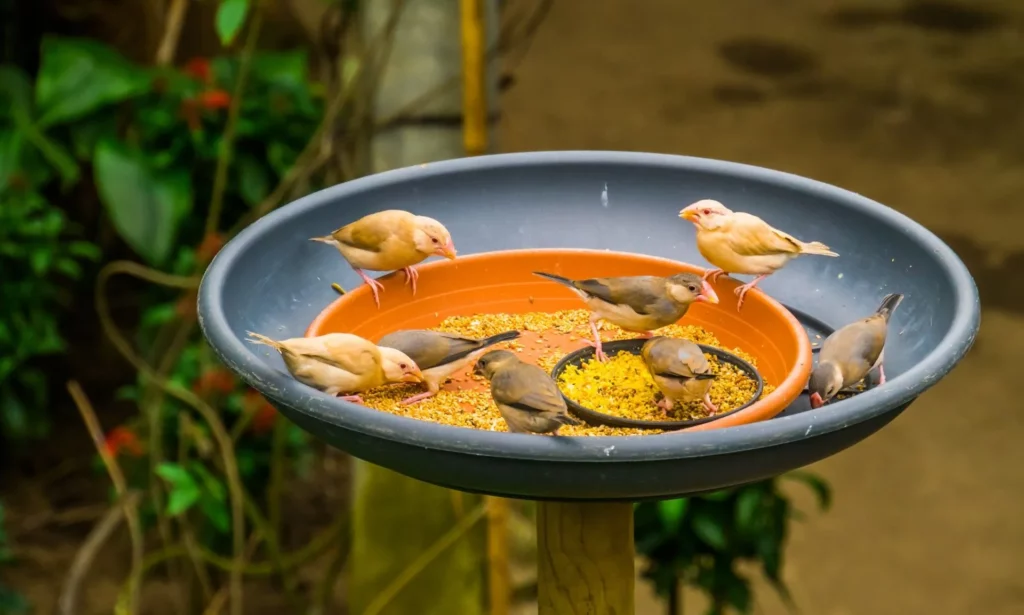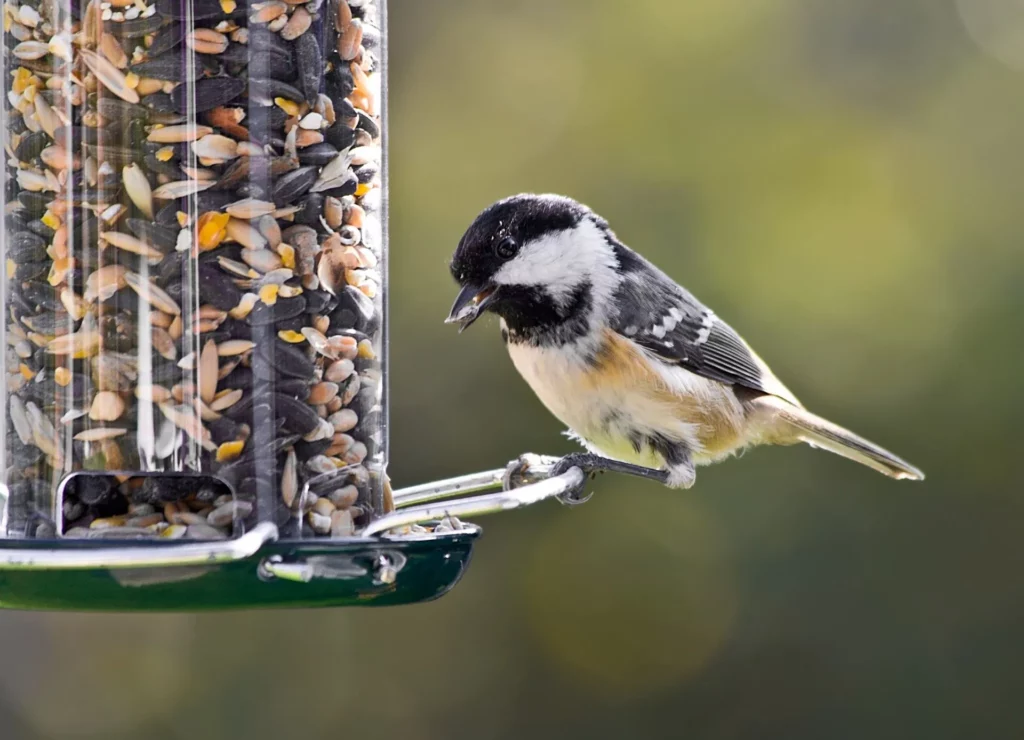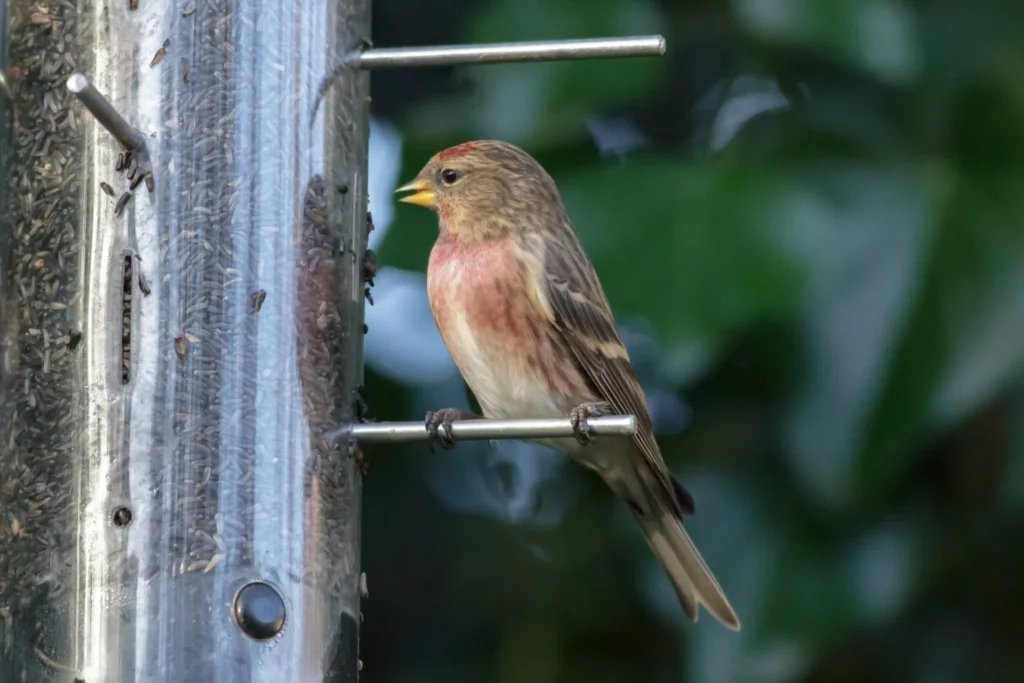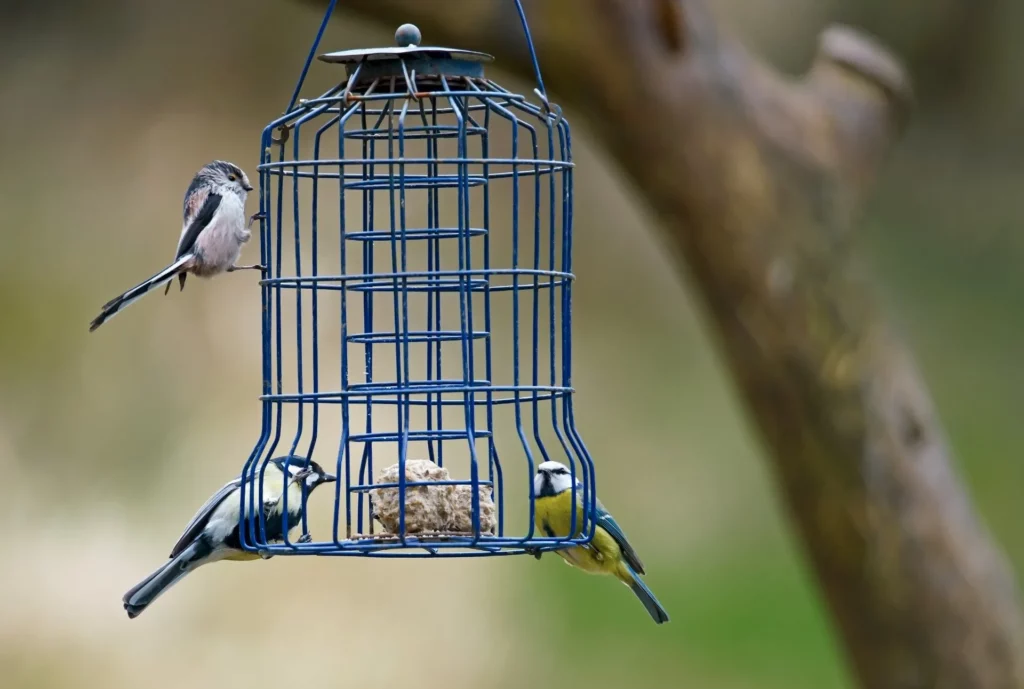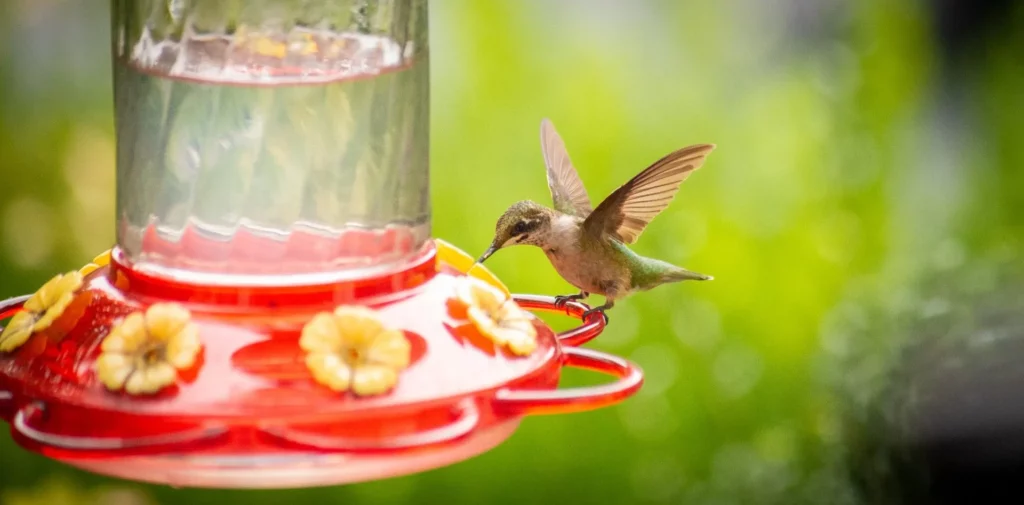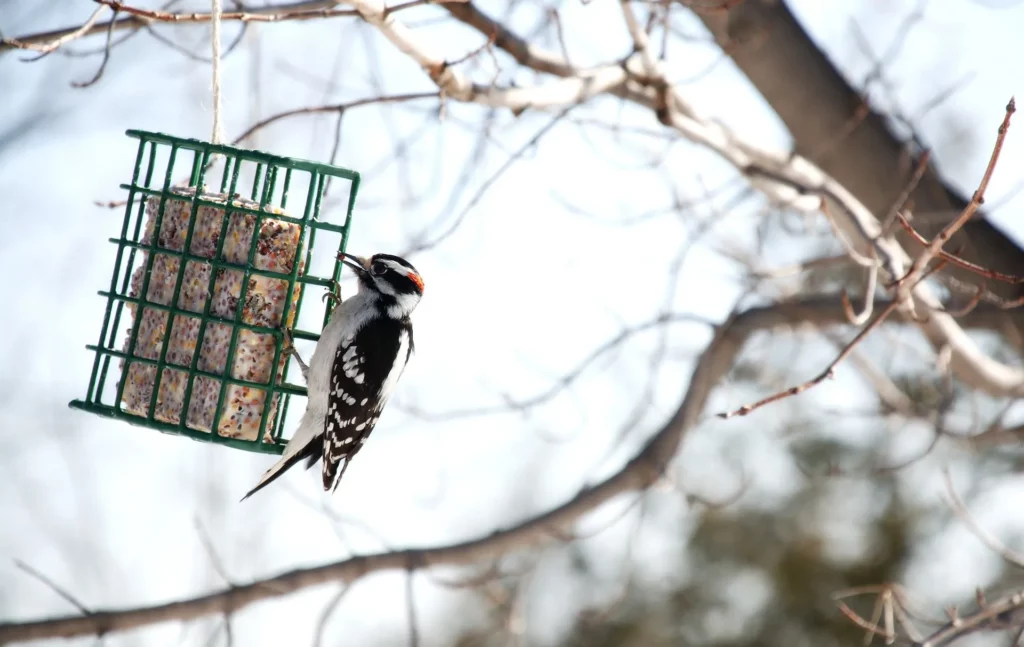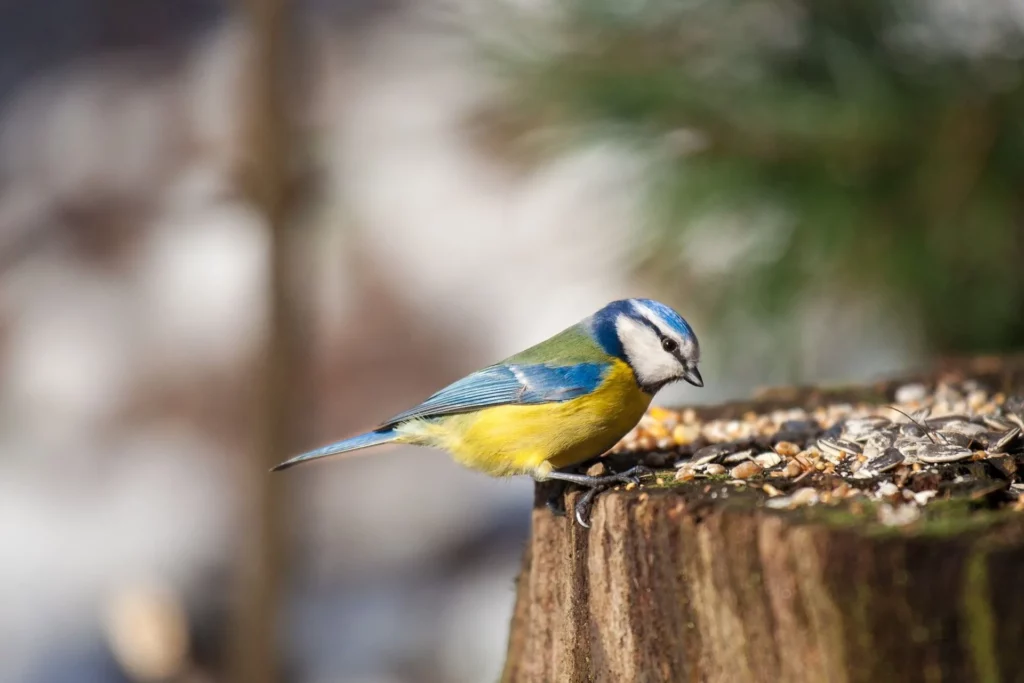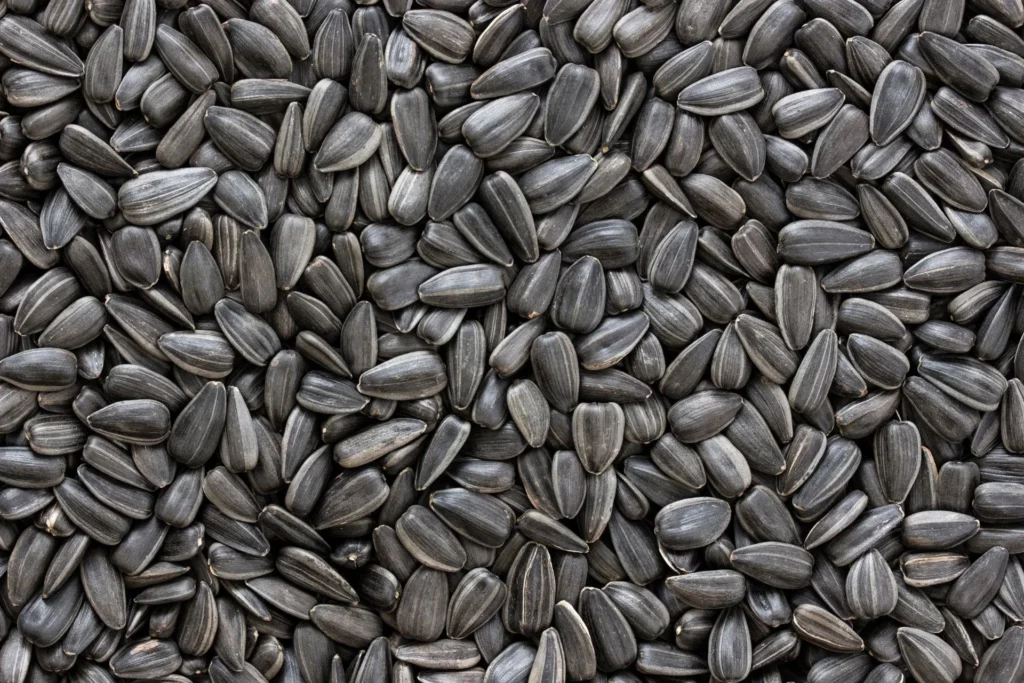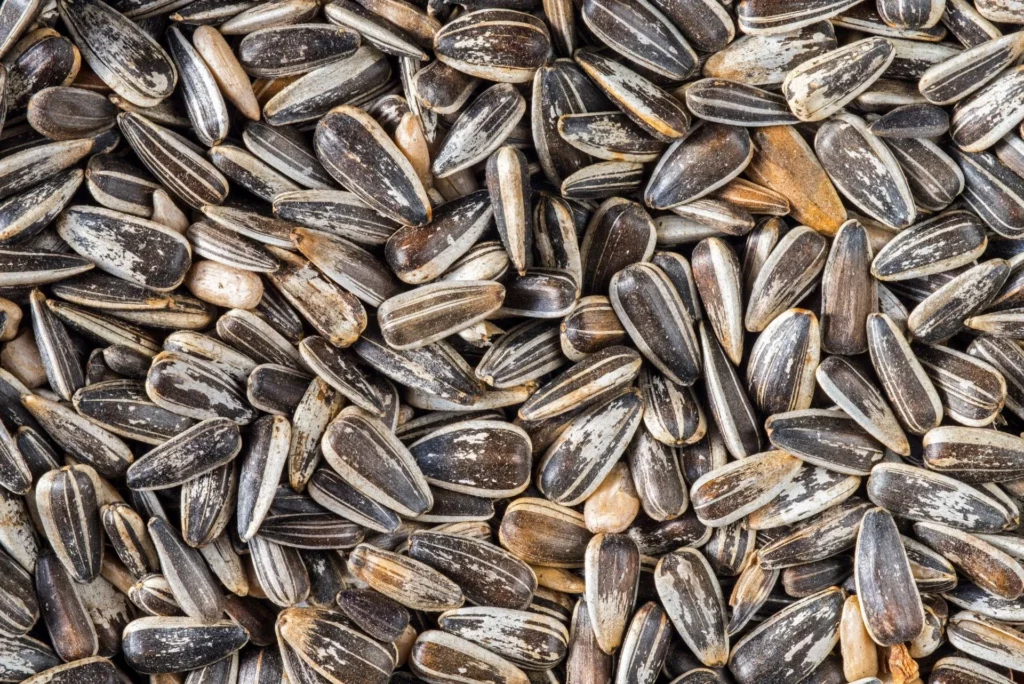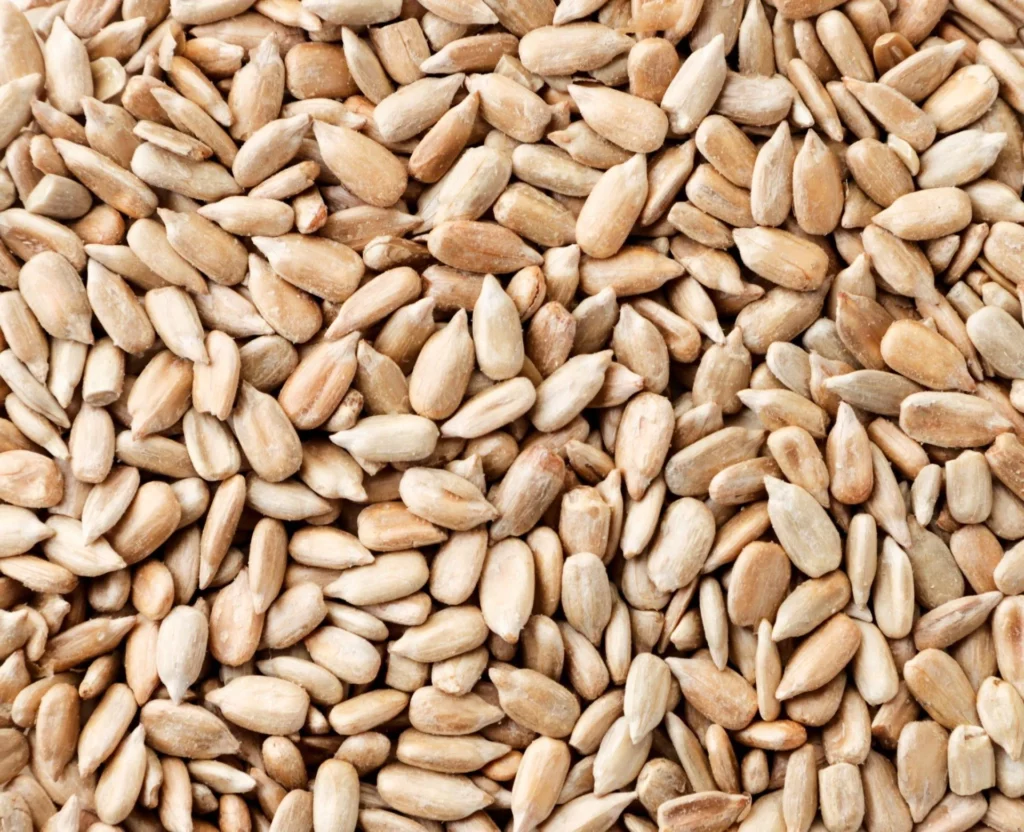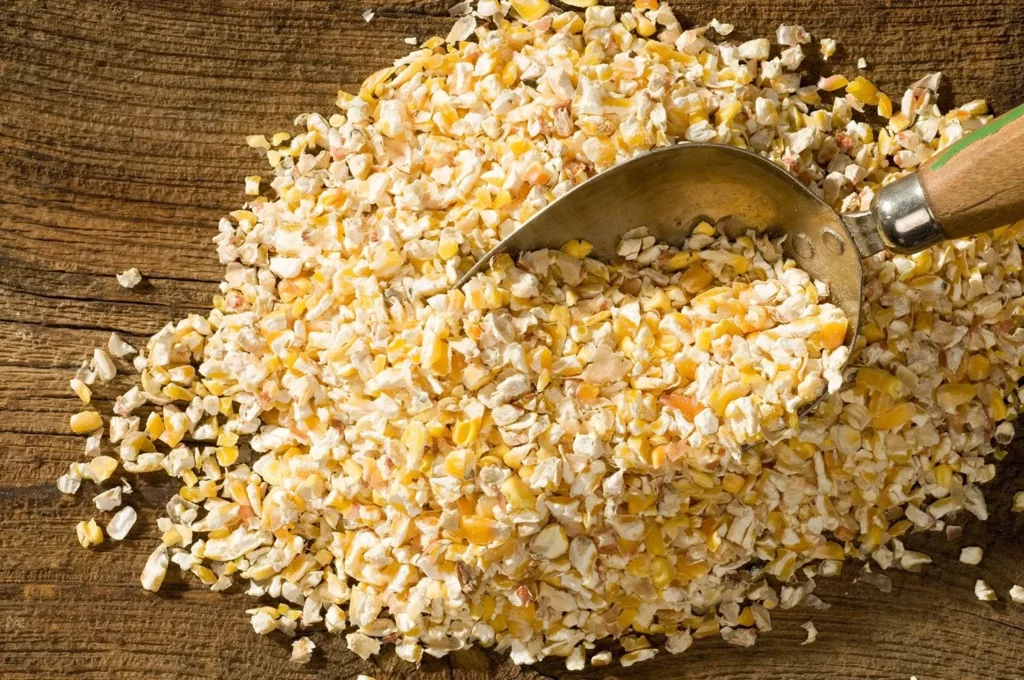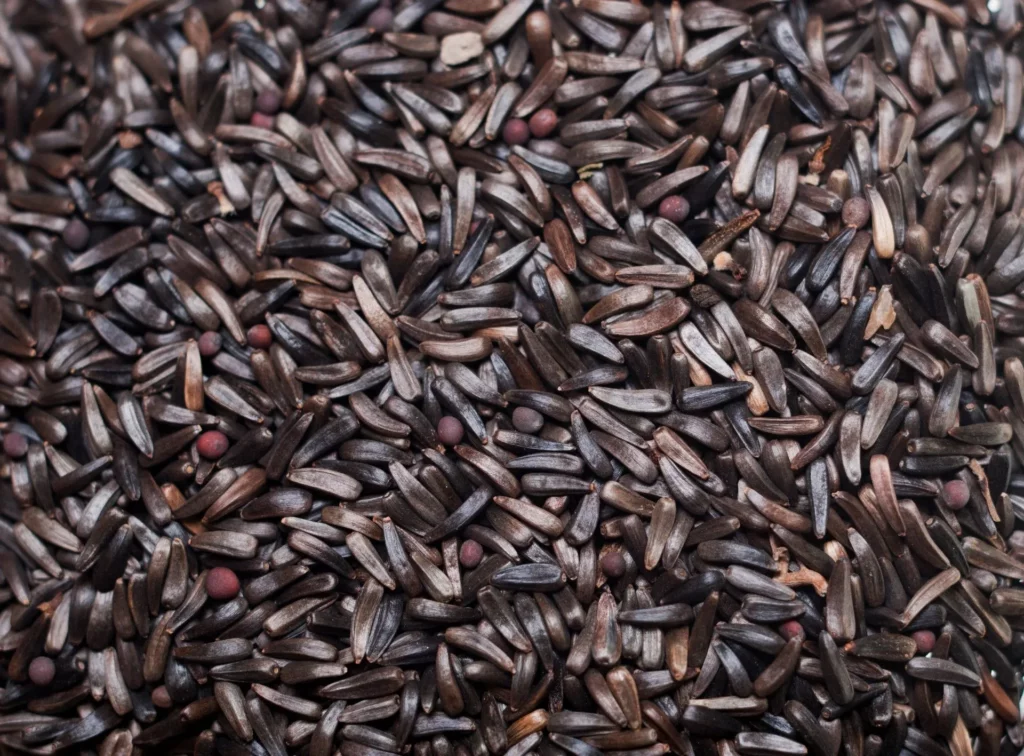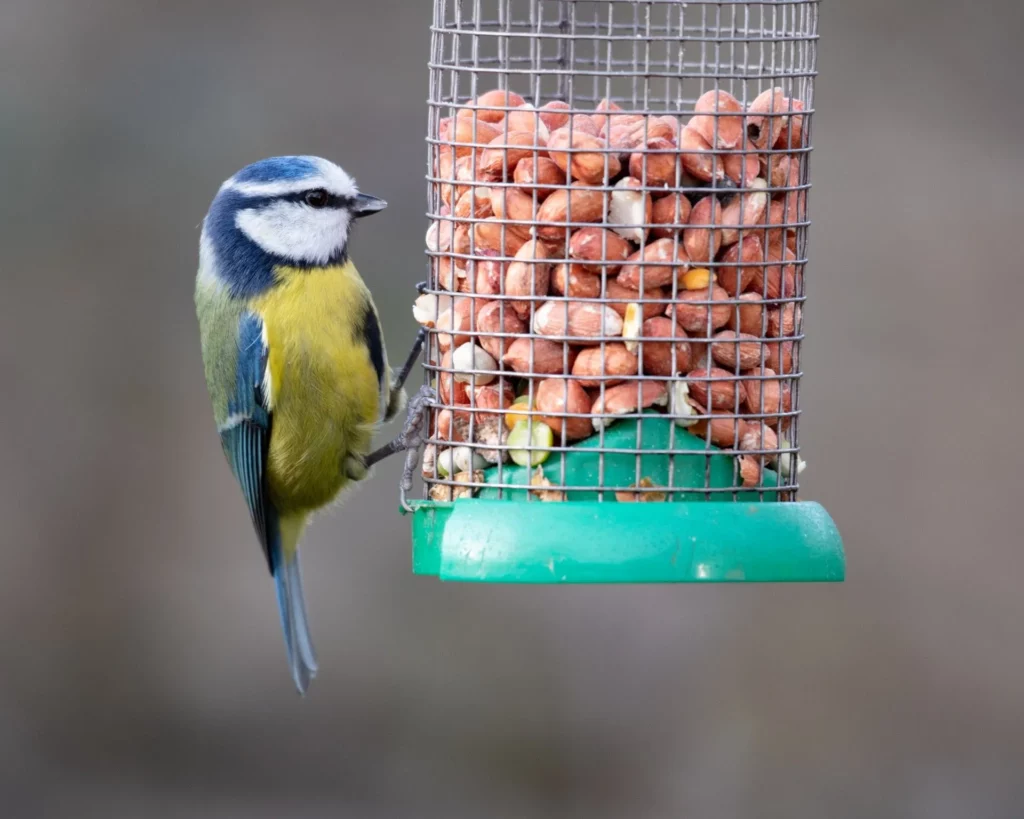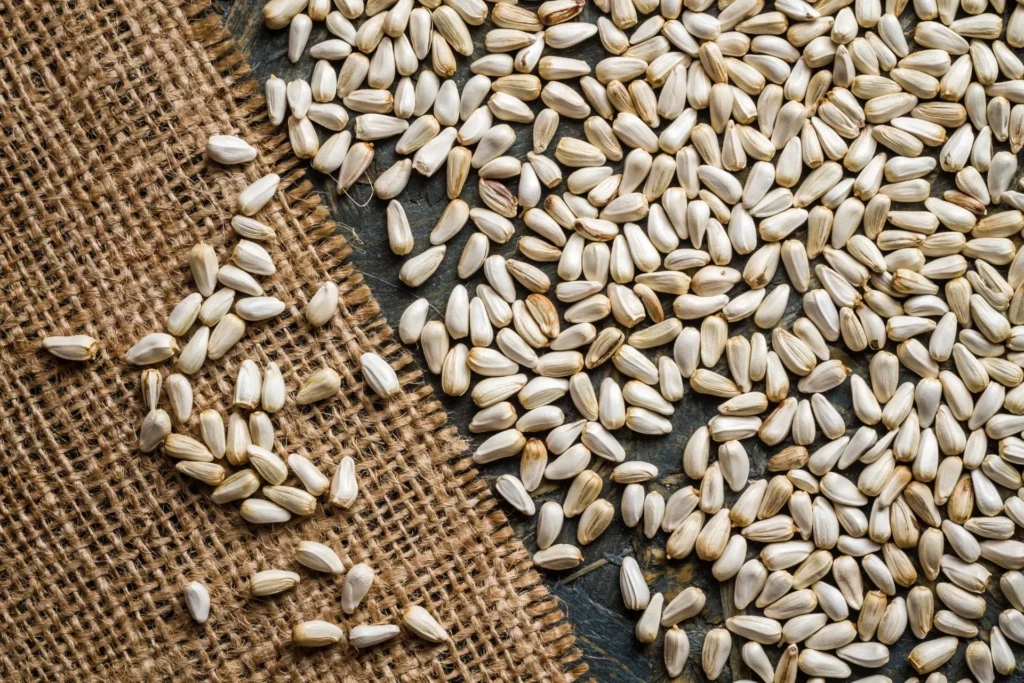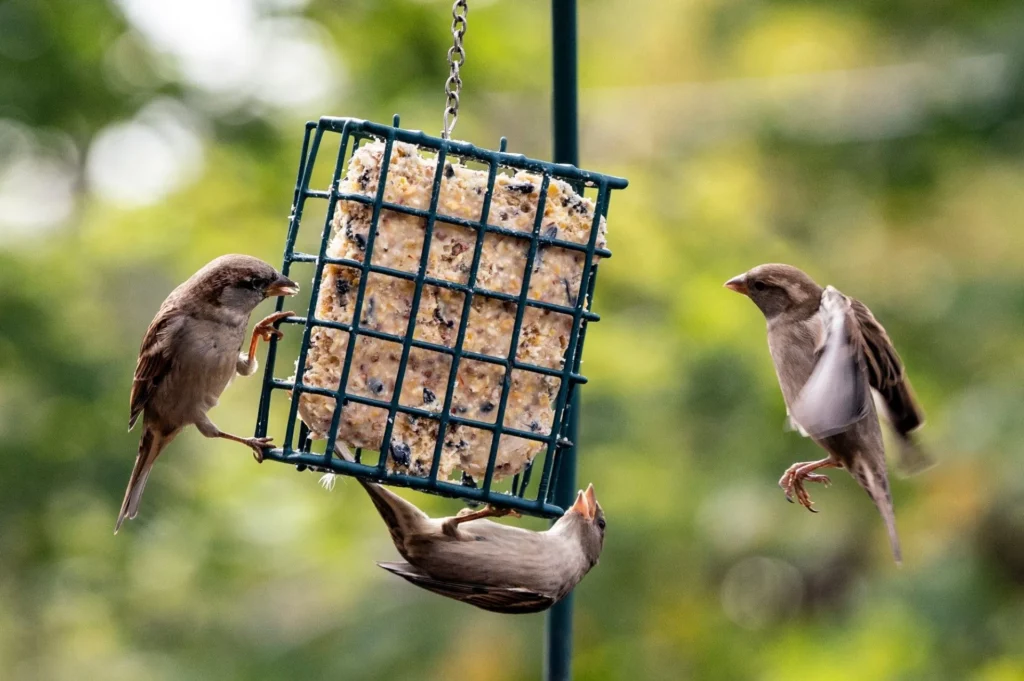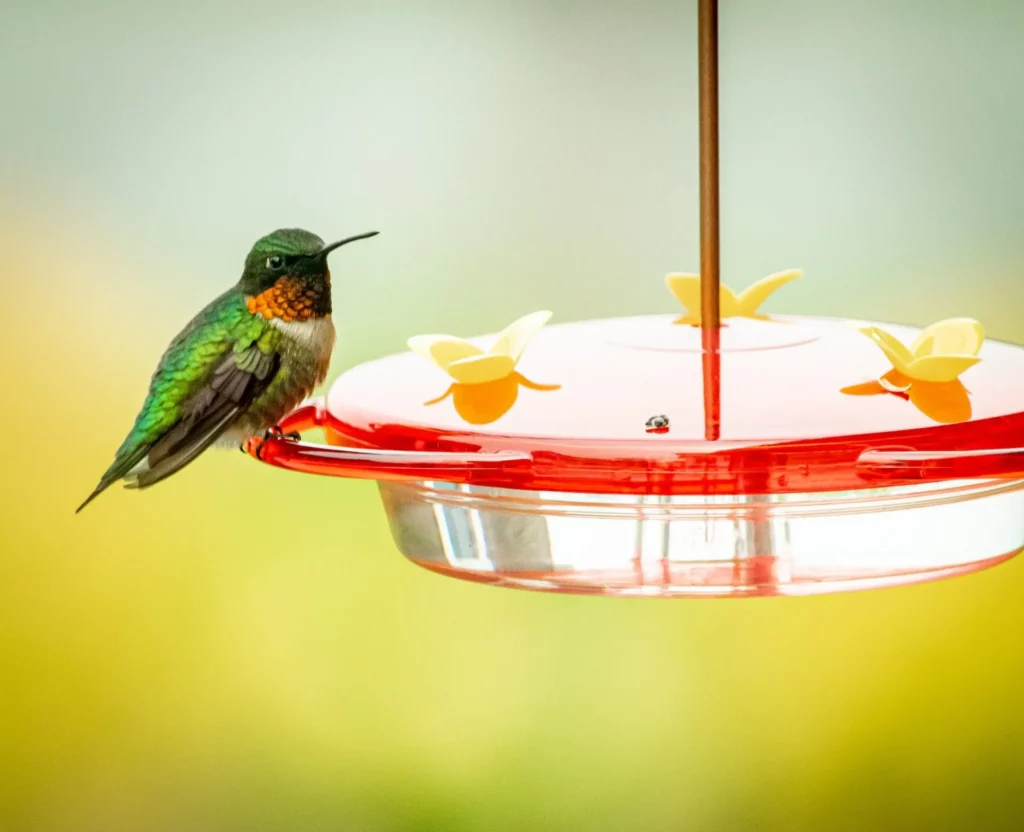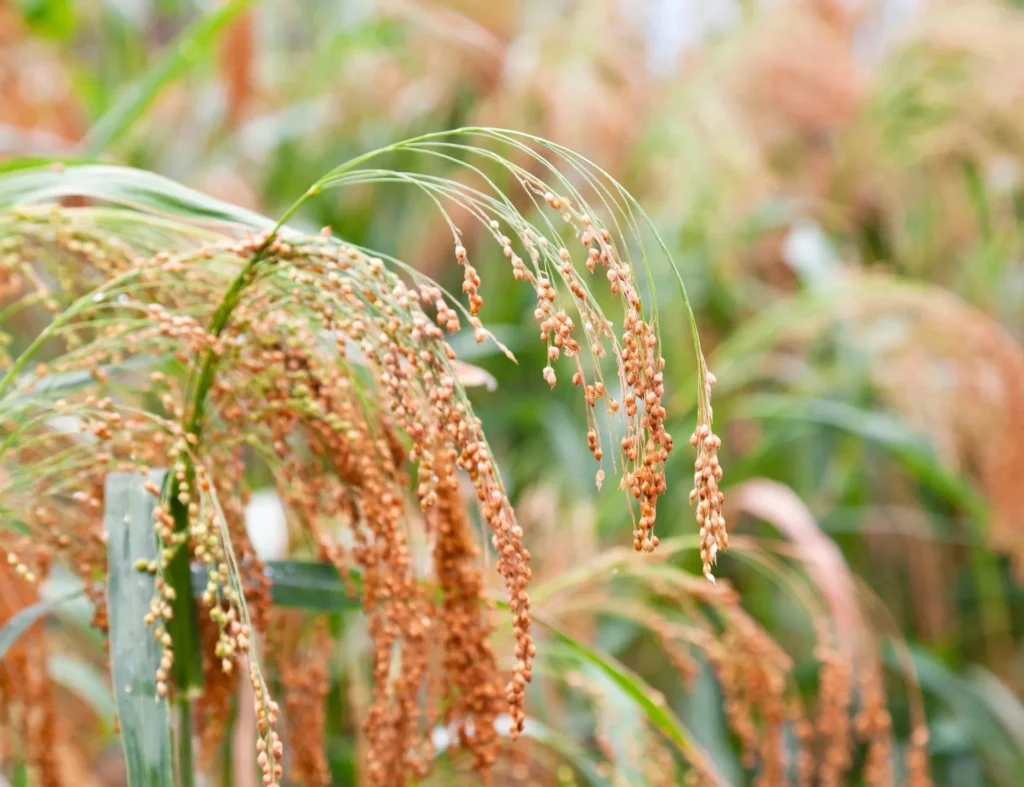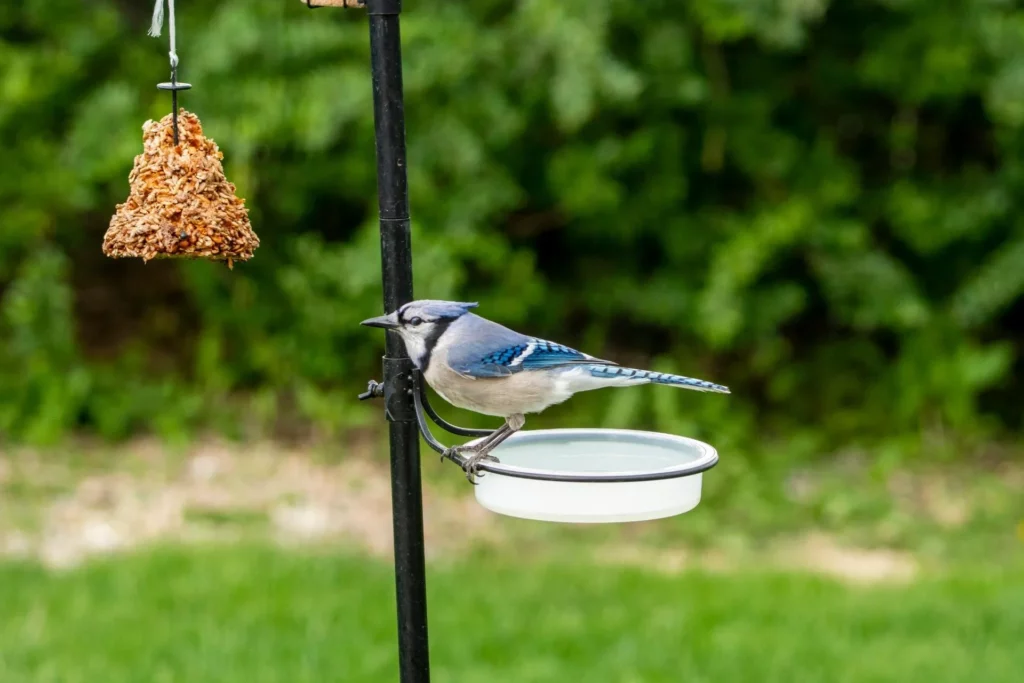Birds need to consume mind-boggling amounts of calories every day just to survive, and feeders help wild birds to thrive.
For example, a chickadee eats one-third of their body weight per day, whilst a hummingbird burns off around 10,000 calories in 24 hours (that’s four times more than the average man!). Providing easy access to seeds is a simple but important way to support native birds and help them flourish.
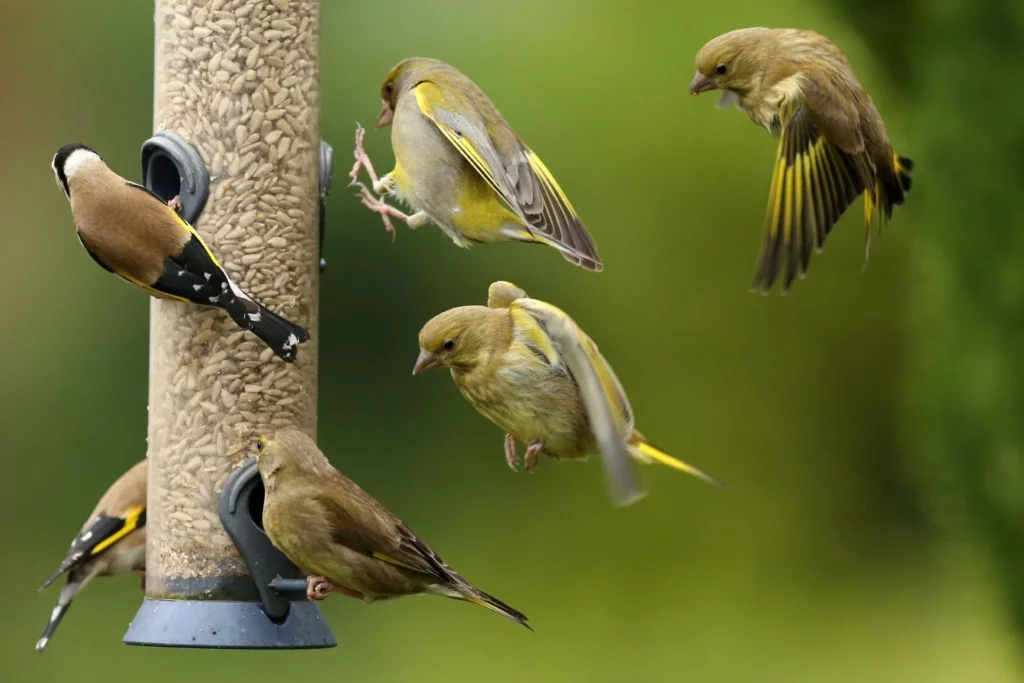
Greenfinches and Goldfinches on and around a bird feeder
Toss into the mix the energy demands of raising chicks, long migratory flights, or even molting and you see why bird feeders matter. It could be vital all year round, from the harsh weather of winter to the baked hard ground of summer, because life’s tough for wild birds.
